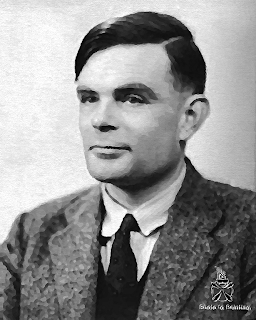About a year ago I read about Ray Kurzweil's "Pattern Recognition Theory of Mind", which he articulates in his book, "How to Create a Mind". I picked up the book after struggling with the idea of implementing a deep learning algorithm for parsing natural language text on Wikipedia. My goal was to discover links in volumes of text that were not already linked. I ended up developing all kinds of cool heuristics to do this, mostly by a lot of trial and error. King of these heuristics was a pretty simple algorithm at the core of the library that would find redundancies in batches of text content.
How this worked is if a phrase was mentioned repeatedly in a collection of about 50 sentences, then I could extract that phrase as a node and link it back to the pieces of content it belonged to. Every now and then you'll get a reference to another article's name, which can then be verified against Wikipedia's site index, which would provide more sentences to find repeated phrases within.
I struggled with persistency because I knew how ugly my problem was for a relational database. I created some entity-relationship models, and implemented them using Entity Framework over Microsoft SQL Server. It worked, kind of. I waited patiently to happen upon a better solution. Thankfully I did, and using a graph database I was able to take my cool little algorithms and solve my persistency problem at scale.
I struggled with persistency because I knew how ugly my problem was for a relational database. I created some entity-relationship models, and implemented them using Entity Framework over Microsoft SQL Server. It worked, kind of. I waited patiently to happen upon a better solution. Thankfully I did, and using a graph database I was able to take my cool little algorithms and solve my persistency problem at scale.
